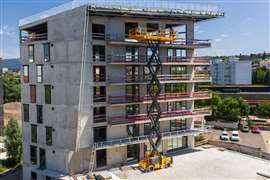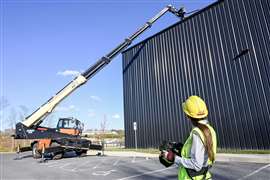Read this article in Français Deutsch Italiano Português Español
Why is LiuGong Access betting on new telehandler range for growth?
Premium Content
11 September 2025
STAY CONNECTED



Receive the information you need when you need it through our world-leading magazines, newsletters and daily briefings.
CONNECT WITH THE TEAM












